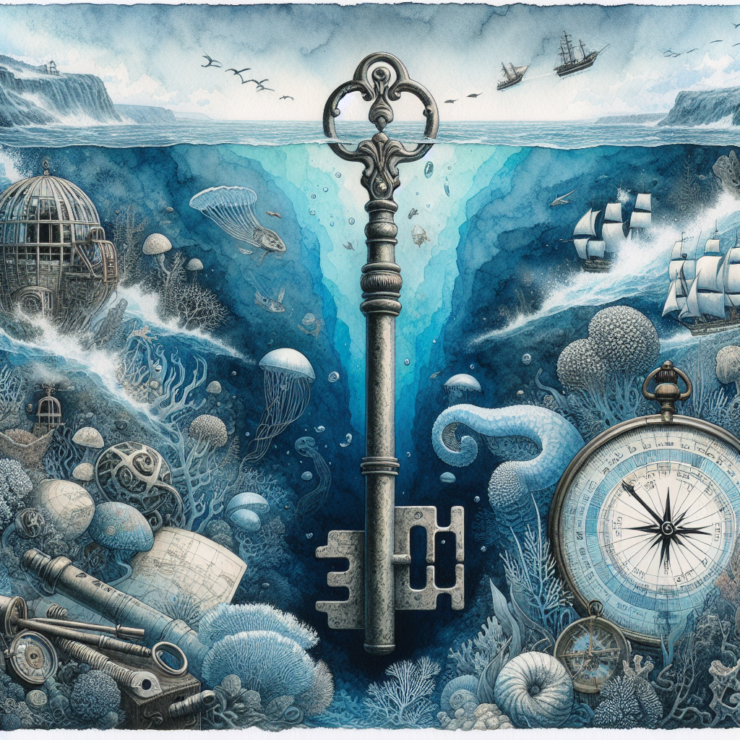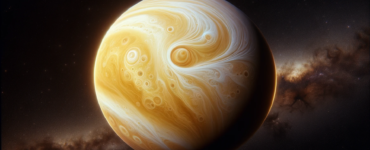Have you ever wondered what mysteries lie in the deepest point of our Earth? The Mariana Trench, stretching down more than 36,000 feet (nearly 11 kilometers)((https://www.britannica.com/place/Mariana-Trench )) below the ocean’s surface, holds secrets that scientists and explorers have only begun to uncover. This remote part of the ocean is less explored than the surface of the moon, challenging adventurers with its extreme conditions.
Researchers have been fascinated by the Mariana Trench for decades, striving to understand its unique ecosystem, geological features, and the creatures that call it home. The trench is located in the western Pacific Ocean, east of the Mariana Islands1. It is the deepest of Earth’s oceanic trenches and has been the subject of numerous expeditions. The challenges of high pressure, low temperatures, and the absence of light have not stopped the curious and brave from exploring this underwater frontier.
One of the most significant expeditions to the Mariana Trench was achieved by filmmaker James Cameron in 2012. Cameron successfully descended to the bottom of the trench in the Deepsea Challenger submersible, marking the first manned expedition to such depths in over 50 years2. His journey brought back valuable data and samples that provided insights into the biodiversity and geological composition of these deep-sea environments. Scientists study these findings to learn more about how life adapts to such extreme conditions.
The exploration of the Mariana Trench is not just about setting records or the thrill of discovering the unknown. It has practical implications for our understanding of Earth’s processes. Studies in the trench have implications for weather patterns, plate tectonics, and even the search for extraterrestrial life. By examining life in the harshest conditions on Earth, scientists can theorize about the possibilities of life in similar conditions elsewhere in our solar system3.
Despite the technological advancements that have made these explorations possible, the Mariana Trench remains largely unexplored. Each mission uncovers a bit more about this enigmatic part of our planet, but much remains to be discovered. The creatures found in the depths of the trench, such as the snailfish((https://www.nationalgeographic.com/animals/article/how-deep-sea-snailfish-survive-mariana-trench )) and the supergiant amphipod((https://www.nationalgeographic.com/travel/article/120828-amphipods-oceans-mariana-trench-wood-science-animals )), redefine our understanding of survival and adaptation4. The extreme conditions of the trench have led to unique adaptations and ecosystems that have much to teach us about resilience and the vast range of life on Earth.
The journey to unlock the secrets of the Mariana Trench is a testament to human curiosity and our desire to understand the world in which we live. It highlights the importance of exploration, not just for the sake of knowledge but for the betterment of our future. The trench is a reminder of the uncharted territories that still exist on our own planet, urging us to keep exploring, asking questions, and pushing the boundaries of what is possible. Let it inspire you to never stop wondering about the mysteries waiting to be discovered, beneath the waves or beyond the stars.





































Add comment